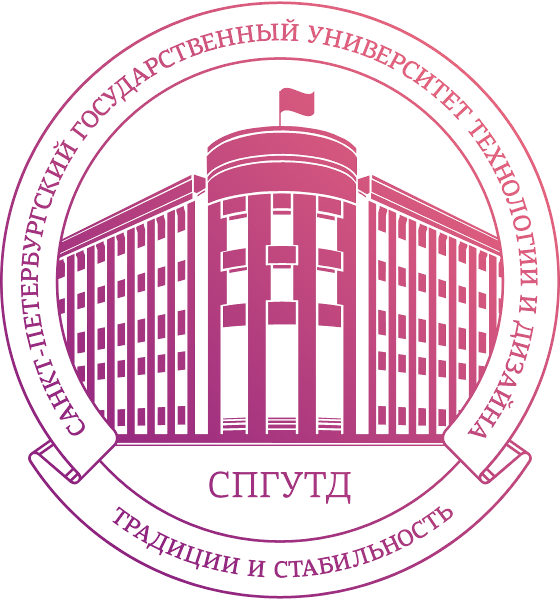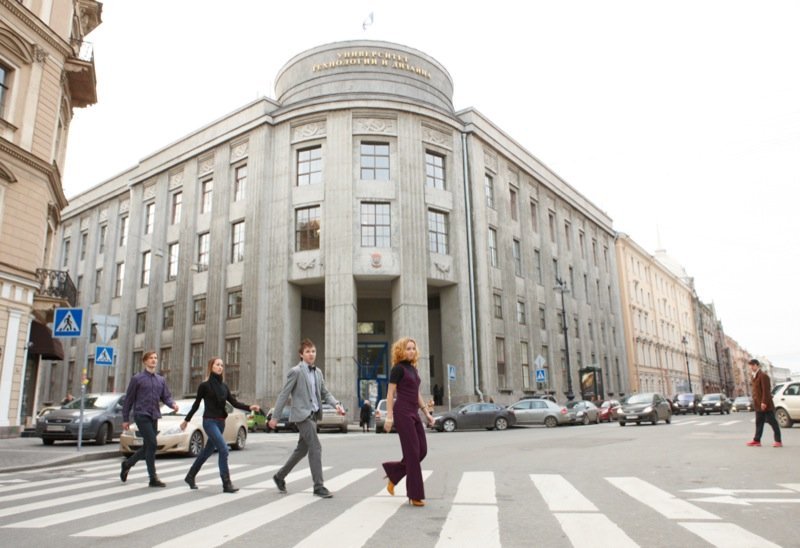Duration: 6 months
Class mode: 6 times a week for 8 ac. hours. The training program consists of five face-to-face sessions in the classrooms of the School and extramural independent revision of project assignments.
Attestation document: diploma
The program of interior design courses is designed to teach interior design "from scratch". The program of design courses includes lectures, practical and field classes, as well as workshops in the main (major) and special disciplines in the field of interior design.
1. Theoretical basis interior design
- Interior design in the context of creative professions, especially in Russia.
- The main planning zones of the living space.
- Structures of modern multi-storey buildings: brick, block, panel, frame, monolithic. The influence of structures on the creation of internal space.
- Problems of reconstruction. Connection of apartments vertically and horizontally.
- Multifunctional and recreational spaces in the structure of an architectural object for public purposes. Types of space-planning solutions for public premises. Reconstruction of spaces when creating public interiors. Increase in usable area due to the arrangement of balconies, terraces and mezzanines.
- Stairs, their types and calculation options.
- The main types of residential buildings and features of the solution of their internal space. Reconstruction of suburban housing according to the degree of demand and degree of complexity. Parts of buildings. Foundations, walls, ceilings, roofs.
- Scales. Rules for drawing plans and drawing dimensions.
- The modern market of building and finishing materials. Criterias of choice.
2. History of arts. Historical and modern styles
- Art of Ancient Egypt.
- Art Ancient Greece and Rome
- Romanesque and Gothic.
- Proclassical styles - Renaissance and Classicism.
- Baroque. Rococo. Pastoral motifs of the reign of Louis XV. Chamber interior as part of an enfilade. Gypsum and wood as two interior poles of Rococo.
- Eclecticism. Modern.
- Prerequisites for the creation of interior culture of the 20th century. The principle of the leading countries-trendsetters. USA at the turn of the 19th and 20th centuries and the organic architecture of Frank Lloyd Wright. Prairie houses and the concept of a system of transitional spaces.
- The constructivism of Europe and the historical prerequisites for its emergence.
3. Color science and composition
- composition theory. The main types of composition. Laws, means and types of composition. compositional tasks.
- color theory. Color circle. Open and mixed colors. Cold and warm tones. Primary colors, colors of the second and third order, complementary colors. Nuance and contrast compositions. Color mixing technologies. Color stretches.
4. Textiles in the interior
- The history of the introduction of textiles into the interior, analysis of the market for modern fabrics and paratextile materials.
5. Design methods
- Basic concepts and terms. Functional, engineering, psychophysiological and aesthetic requirements for space-planning solution. The main types of planning systems modern interior. Planning and redevelopment of a city apartment (structures, materials and sanitary equipment).
- Conceptual approach to creating a design project. Separate components of the design project and the laws of their influence on the final result. Studio apartment. History of origin and evolution during the 20th century.
- Residential interiors in multi-storey buildings of various designs and their redevelopment.
- Modeling in design. Layout techniques.
6. Fundamentals of descriptive geometry. Building a perspective of the interior.
- Fundamentals of descriptive geometry.
- Frontal and corner perspective of the interior. Story. Basic concepts and laws of construction. Construction algorithm.
7. Project Submission Techniques
- Image of various materials used in design and decoration - stone, tile, wood, textiles, glass, mosaic, stained glass, plaster, etc.
- The use of different artistic techniques, tools and paints. Making samples of various invoices.
- Create a collage using the techniques learned.
8. Interior coloring, graphics
- Graphic techniques for submitting a project. Black and white and color sketches of interiors.
9. Design of residential and public interiors
- extradition terms of reference and functional zoning. Analysis of the features of obtaining an order for the design of a public interior. tender and various options participation in it. The specifics of the preparation of technical specifications.
- Public interior in a classic design. Development of concepts in accordance with the issued or selected slogan. Creation of a complete virtual interior with the elaboration of details in bulk.
- Sketch-idea of living space. Development of a conceptual solution for a residential interior, taking into account the terms of reference, architectural and design conditions. Creation of planning and study of individual components of the design project.
- Working project. Measurement drawings. Requirements for plans before reconstruction, after reconstruction and furniture arrangement plans. Floor plans, ceilings and development.
- Creation of a package of technical plans and sketches for projects.
- Design of residential and public interiors. Detailed projects of a studio apartment, public interior and a country house.
- Portfolio compilation. What is meant by portfolio. Portfolio for customers and construction teams.
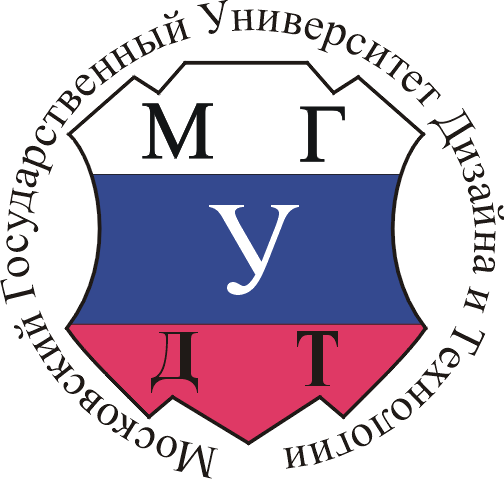
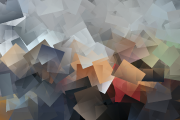

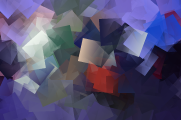
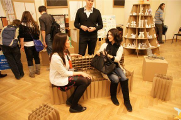


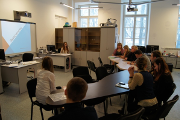
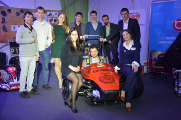
Entrance tests 2017/2018
Department MT-9
In 2010, at MSTU. N.E. Bauman, by order of the rector No. 31-03 / 1495 dated December 02, 2010, the department "Industrial Design" was created, focused on the training of specialists, bachelors and masters in the direction of "Design" both within the framework of the first and second higher education.
The practice of most successful firms shows that ensuring a modern level of design developments, their worthy competition essentially depends on design decisions. Competitiveness in the market of products manufactured by enterprises is largely determined by the organic combination of the work of designers and designers, their mutual understanding.
| |
 |
The main task of the department is the implementation of a high-quality system for training specialists in the field of industrial design, integrated into the classical system of engineering training of the leading technical university - MSTU. N.E. Bauman.
The training program provides the preparation of graduates for independent professional artistic and design activities. Students in the learning process master the technique of drawing and composition, study modern applied methods, including computer ones, visualization of objects, methods and principles of system design - design and design research. The study of these and many other disciplines of the specialty is combined with the development of classical engineering disciplines.
 |
 |
The University has established the System Design and Prototyping Center, equipped with modern graphic stations and a volume prototyping unit. Its technical capabilities allow solving complex resource-intensive tasks related to product design.
Graduates of the department work on real orders from industrial enterprises in organizations and firms involved in the development of design for all spheres of public and production activities human, in industrial design centers, design offices, design studios.
 |
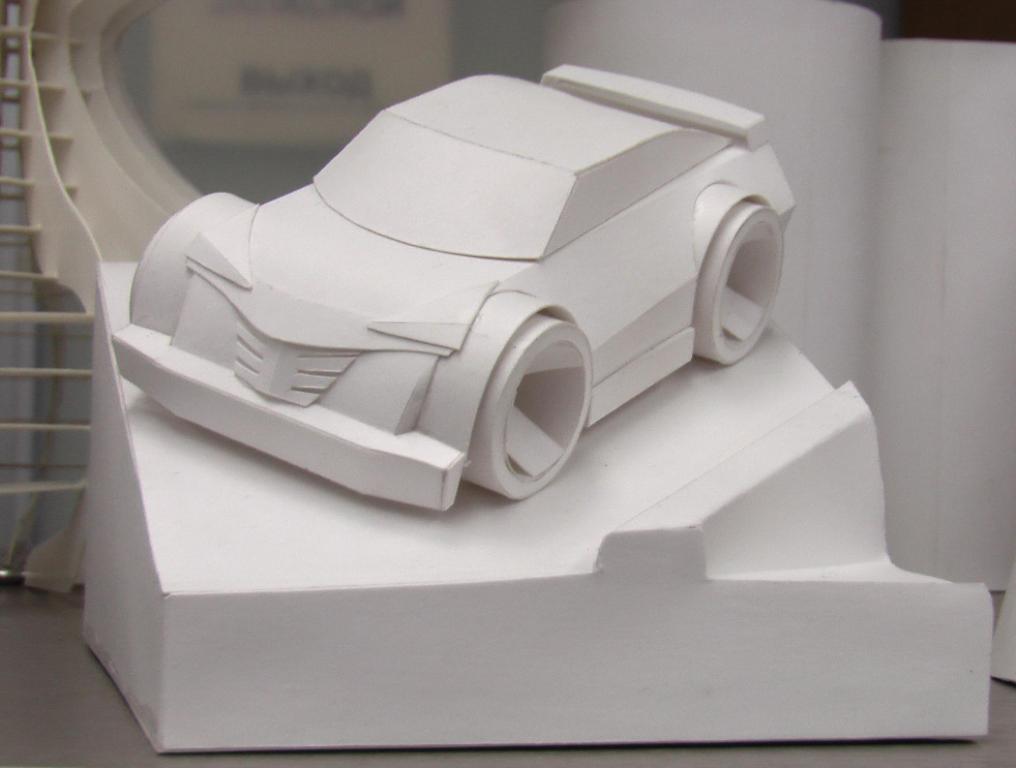 |
The department actively cooperates with the Moscow State Technical University "MAMI", the Moscow State University of Design and Technology, the Union of Designers of Russia, the Union of Mechanical Engineers, with the design studios "Smirnov Design", "Slava Sahakyan", "Yellow Mountain", "New Design", Tancher, Colani Design Corporation.
The department conducts professional retraining and advanced training of specialists in the field of design: "Modern practice of industrial design - approaches and trends" Employees and students of the department have written more than 50 scientific articles, received more than 40 patents for industrial designs.
"Be yourself" - what is it about? About bright individuality, about own style. And also “to be yourself” is to succeed in a profession that has grown out of a childhood dream, chosen by calling and falling in love with the business, by talent, if you like. Of course, you can become a singing lawyer, a dancing dentist, or be the most fashionable among economists, and in the evenings create your own fashion on your home sewing machine. And you can do it differently: give free rein to your dream, believe in yourself and make a hobby a profession.
So, your element is lines and folds embodied in fabrics, your god is fashion, and eminent designers and fashion designers are an example to follow? Then our list of educational institutions will help you with fashion faculties. The comments of former graduates will also be useful. Their own experience and observations will also help in choosing educational institution. Let's start with Astrakhan.
Known, winner of the Grand Prix, winner of the competition for young designers, he graduated from the Astrakhan College of Light Industry.
“When I entered the college, there were two profiles available: Design and Modeling and Sewing Product Design. The direction "Design" united tailors and cutters, technologists and hairdressers. Designers were trained according to the general program, capturing little by little in all areas. Fashion designers - this is an enhanced education only in the field of light industry. The main thing is design and modeling. We studied all the available cutting techniques, the history of the costume from the time of ascension, the structure of the fabric and fibers, the definition by touch, the difference between natural fibers and synthetic weaves, prototyping - the method of tattooing a product on a mannequin, the development of the primary version, we also did not forget about drawing and the style of submitting sketches , transition and presentation of the color variant, mastered painting on fabric using the batik technique. The study of the entire technology allowed in practice to freely build the entire sequence of tailoring products. One third of the academic year is practice. Along with the rest, we took a program in economics and law, organizing production process, profits and deliveries.
Moscow State University design and technology
Moscow State Textile University. A.N. Kosygin
- Creative design and innovative garment technology
- Creative design and innovative technologies for leather goods
- Technological design of leather and fur
First course cost: full-time form - 68,000 rubles, part-time - 40,000 rubles.
First course cost
- Artistic modeling and promotion of goods in the fashion industry
- Artistic modeling of shoes and accessories in the fashion industry
First course cost: full-time form - 68,000 rubles, evening - 50,000 rubles, part-time - 40,000 rubles.
Design
- costume design
- Accessory design
First course cost: daily form - 125,000 rubles, evening - 90,000 rubles.
The art of costume and textiles
- Artistic costume design
- Artistic design of leather products
- Artistic jewelry design
- Advertising of textile and light industry products
First course cost: daily form - 125,000 rubles, evening - 85,200 rubles.
Fine arts
- Art in the fashion industry
First course fee: daily form - 65,000 rubles, evening - 55,000 rubles.
Forms of study: full-time, evening, part-time (paid and budgetary, depending on the specific faculty and profile)
Entrance tests: the only exam is an interdisciplinary exam in the direction of master's training.
Advantages: the availability of graduate school and guaranteed employment.
Website: www.mgudt.ru
National Fashion Institute
Moscow
- Fashion design (fashion designer, stage costume designer)
- jersey design
- Modeling clothes (fashion designer)
- Fashion marketing (marketing manager for fashion and modeling firms)
- History and theory of fashion (art historian, press officer, fashion columnist)
- Accessory design (jewelry designer, accessories, jewelry and accessories artist)
Forms of study: full-time, for graduates of secondary educational institutions there are reduced forms of education (there are no budget places, a hostel is not provided)
Entrance tests: no exact data
Advantages: There is a college at the institute, after which the student automatically and without passing exams enters the 2-3 course of this commercial university. The program includes seminars by the famous fashion historian A. Vasiliev.
The cost of studying at a secondary school at the Fashion Institute reaches 20,000 rubles. for one semester, the cost of studying at the university is not publicly disclosed.
Website: www.fashioninstitute.ru and Vkontakte: National Fashion Institute
Royal State College of Technology and Fashion Design
Design, modeling and technology of garments
Based on 9 classes:
Full-time: study period - 3 years 10 months; the cost of the course is 21,000 rubles,
Entrance tests: Russian language (dictation), mathematics (oral), drawing (exam)
In absentia: training period - 5 years 10 months, cost - 20,000 rubles.
Based on 11 classes:
Full-time: study period - 2 years 10 months; the cost of the course is 21,000 rubles.
In absentia: training period - 3 years 10 months, cost - 20,000 rubles.
Entrance tests: according to the results of the USE (Russian language and mathematics) or exam (interview), drawing (exam)
costume design
Based on 9 classes:
Full-time: study period - 3 years 10 months; the cost of the course is 45,050 rubles.
Based on 11 classes:
Full-time: study period - 2 years 10 months; the cost of the course is 45,050 rubles.
There is no correspondence department.
Entrance tests: drawing (exam)
Advantages: a large number of state-funded places, paid courses in cutting and sewing and a special pattern course (72 academic hours each).
Website: kqttdo.ru
Saint Petersburg State University technology and design
Institute of Costume Design
- costume design
- jersey design
- Stage costume design
Full-time: the duration of study is 4 years, the cost of the academic year is 188,000 rubles.
In absentia: the duration of study is 5 years, the cost of an academic year is 132,000 rubles.
Entrance tests: profile subject in the direction, view portfolio
Institute of Design and Arts
- History and theory of costume
Full-time: study period - 4 years, cost of an academic year - 112,000 rubles.
In absentia: the duration of study is 5 years, the cost of an academic year is 68,000 rubles.
Entrance tests: Profile subject in the direction, view portfolio
Institute of Textile and Fashion
Technology of light industry products
- Sewing technology
- Leather and fur technology
- Technology of leather goods
In absentia: the duration of study is 5 years, the cost of an academic year is 48,000 rubles.
Entrance tests:
Design of light industry products
- Design of garments
- Design of leather products
Full-time: the duration of study is 4 years, the cost of the academic year is 122,000 rubles.
Full-time and part-time: the term of study is 5 years, the cost of an academic year is 64,000 rubles.
In absentia: the duration of study is 5 years, the cost of an academic year is 54,000 rubles.
Entrance tests: Russian language, mathematics, physics.
Design
- Shoes and accessories design
Full-time: study period - 4 years, cost of an academic year - 182,000 rubles.
Full-time and part-time: the term of study is 5 years, the cost of an academic year is 76,000 rubles.
Entrance tests: Russian language, literature, creative test, professional test.
The art of costume and textiles
- Artistic design of textiles
Full-time only: the duration of study is 4 years, the cost of an academic year is 182,000 rubles.
Entrance tests: Russian language, Literature, History
Advantages: there are budget places, active publishing activity, high reputation.
Website: and Vkontakte:


